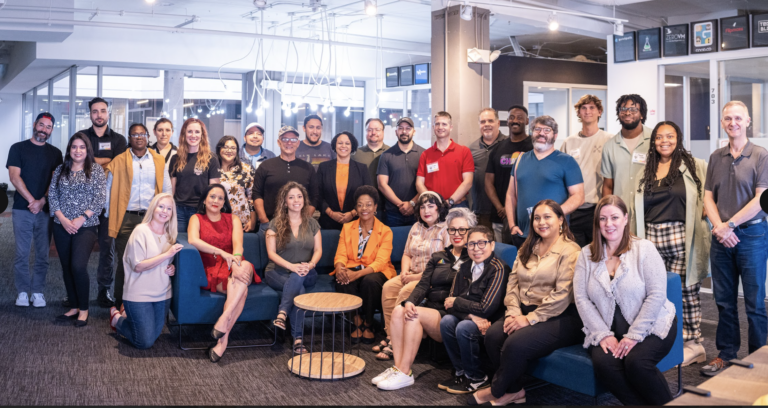Organic growth only gets you so far, here’s how to grow further
Makers are launching new products every day on Product Hunt, Indie Hackers, and other websites. Along the way, they’re growing and building the products for weeks and months before the official PH launch. Most of their growth is either through launching on Product Hunt or from their audience they’ve attracted on Twitter, Twitch, Makerlog, and other communities. These communities are filled with other makers, developers, and indie hackers. They’re highly engaged with the community and willing to test and give feedback to any new product. The problem is these people are not the ones you want using your product.
I have gone through the process of growing only using organic, unpaid traffic. When we launched IronMic most of our growth was from Kyle and Sunny announcing what they are working on. I had some audience, but my followers were even less interested in an automated podcast site. We noticed the people who were engaging with us, giving feedback, and following our journey were not the ones in the end who were going to pay to get an automated podcasting website. Our ideal customer is someone starting in podcasting using Anchor as the host or someone who’s podcasting but doesn’t have the time to commit to building out a WordPress or Square Website.
Unless you’re building a tool or service for makers themselves, the feedback and usage you’ll get are from within the community. It’s a lot like being in a bubble. You only hear what’s going on within your small circle. To break out of the circle, you have to reach out and hook new people that aline more with your target audience but also with the “bread and butter” customer. The way to reach new people is advertising on Google, Facebook/Instagram or Twitter.
What we did to advertise
While we are still using content marketing and our audiences/followers to grow our user base, we have started focusing on paid growth. Search Engine Optimization can provide extreme growth, but it can take months to a year before you start seeing manful results. While waiting for this SEO pop is okay for some teams, we knew we needed new customers now to keep morale high and bring revenue in.
First, we turn to Google Ads. We set a daily budget of $10, which is about $300 a month and started advertising on keywords like “Podcasting Websites.” We also had ads running for Anchor related keywords. This brought in new customers who would signup but not pay. They’d enter their email and RSS feed, and then leave. Not getting a paying customer is hard, but we were able to capture their data. Then I was ready to start sending an email asking the nonpaying customer for their feedback on why they didn’t pay. If they’d respond with the reason, I would commit the team would add the feature and offer them a discount to get them to signup now. This works 30% of the time, but we got feedback on what real users wanted on IronMic.
Second, we took to Facebook and Instagram to run some high-level awareness ads. We split the targeting into two distinct segments. The first was a lookalike audience based on people who sign-up and covered to a paying customer. This audience is focused on generating leads to the website. The second was a remarking campaign based on everyone who visited the site. This allowed them to see us even after they visited the site or read a blog post. These ads were the ones you think of when you view shoes on Amazon and never stop seeing them on other websites, even if you already bought the shoes.
Overall
We have worked hard on the sites SEO, design optimized for conversions and promoting to our audiences we have built online. The ad spends help in many ways, and while we don’t spend money every month on ads, we do it when we have a slow down in signups or can afford to spend the revenue on our ads instead of other expenses.
I work at a digital agency where I oversee the SEO, PPC, and other marketing efforts for startups and small businesses. Organic growth is always a powerful tool, and when done right could help sustain growth over the life cycle of a company. Ad spend, however, can accelerate growth but should not be relied upon each month. Ad spends like a flare, it burns hot and fast, but when the money is out, it’s out.







